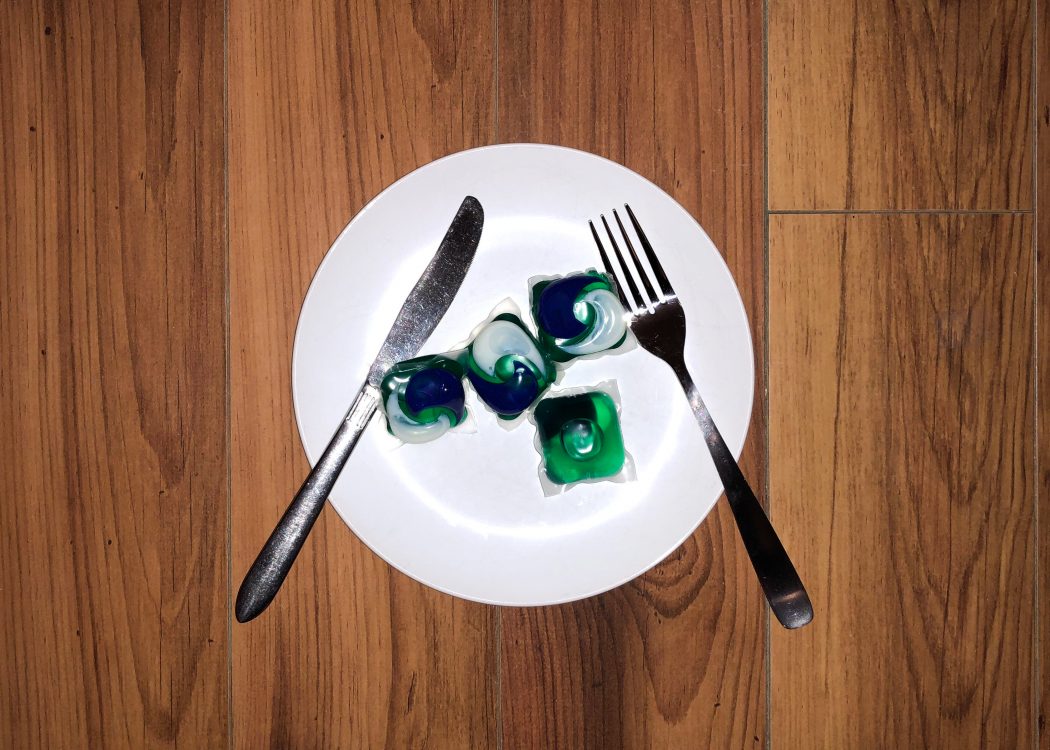It is no secret that the world is concerned about the erosion of moral principles among the youth. Their apathy makes ageing family members consistently question whether any of the value system that they painstakingly imparted has stuck — sneaking peeks at their children on social media has certainly not provided reassurance. Intelligence, altruism, wit, respectability — all the foundations of humanity — are considered at risk in the hands of millennials.
Technology and hyper-connectedness has often been blamed for this social degeneration. Plugged into our devices watching the same mind-numbing viral crap, the older generation predicts that it’s only a matter of time before we become homogenous humanoids wearing black Yeezys and capable of only basic articulations of emotion: new phone who dis? (confusion!), cash me outside (anger!!), and hello darkness, my old friend (sadness!!!).
Well, just like the ancient philosophers’ discovery that the earth was round, the contemporary pseudo scientists have re-discovered it as flat (shoutout to Kyrie Irving, a first among equals in the flat earther world). Alas, a paradigm shift in the foundations of our understandings of science has begun.
A collaborative effort of McGill and Concordia linguists, who founded a start-up dedicated to understanding patterns in meme culture, discovered that the Tide Pod phenomenon was the missing dialectal link needed to decrypt a secret language behind internet challenges.
A collaborative effort of McGill and Concordia linguists, who founded a start-up dedicated to understanding patterns in meme culture, discovered that the Tide Pod phenomenon was the missing dialectal link needed to decrypt a secret language behind internet challenges. This new vernacular, termed ‘technoexpressionism’, has revolutionized the contemporary attitude toward millennials, presenting the misunderstood demographic in a much more positive light.
Remember the ALS Ice Bucket Challenge? If publically nominated, you were expected to either donate to the ALS association or dump a bucket of ice water over your head and nominate three subsequent friends like chainmail. This initiative was originally criticized as a cheap way for kids to narcissistically boost their follower count and appear philanthropic without actually donating to a worthy cause.
But, alas, I implore all to suspend previous judgment because our own McGill scientists have decoded that the ALS craze was, in reality, a silent protest to raise awareness about the ice caps melting, polar bears dying, and water shortages around the world.
Let’s not forget the Kylie Jenner Lip Challenge, an infamous internet meme phenomenon where young girls would suction their lips inside shot glasses, causing swelling in an effort to achieve Kylie’s plumped, unrealistic look. Written off as dumb and dangerous, magazines like Seventeen and Pop Sugar said that the challenge supported a sick societal mentality of women working perpetually to improve their bodies.
But don’t judge a girl by her shotglass; the challenge was executing a metaphor for the muting of women’s voices, a performance of social justice theatre that presents a physical manifestation of dumbness in order to trigger a recognition of internal silencing. It is a sad irony that until now the world was unable to understand the language that these girls were communicating in.
If you thought the Kardashian’s were the end of the internet challenge trend, be forewarned, as the Kardashian-Jenner dynasty is never at the end of a trend. After intensive research, the rationale behind the incessant array of dance challenges has been confirmed. The Cupid Shuffle, Juju on that Beat, Running Man, the NaeNae, and, dare I say, even the Dab, which matured away from just dance and became its own oddball thing, are representative of the youth’s global efforts to promote healthy living and combat obesity, in a manner more affordable and accessible than your mom’s Zumba class.
The 100 Layers Challenge, a bizarre era when the world was dared to don 100 layers of clothing or makeup, creating grotesque caricatures of our everyday beauty rituals. This trend was more than the simple by-product of a backwards, wasteful society that imagines clown comedy as the pinnacle of humor; it was a mutiny against the masks that we wear everyday. Millennials adopted the 100 Layers Challenge to mock the current culture of veneer and shallow rivalry, imploring the world to practice self-love and strip back down to layer one — the natural look. Linguists are still assessing whether a known nudist colony had any influence in the viral nature of this particular challenge to aid their cause.
So now we know. It’s not that the children aren’t enlightened — they’re just avant garde.
Finally, the Tide Pod Challenge — the youth’s most drastic measures yet. Our linguists were first clued in to the possibility that there was a secret signalling language behind these challenges, when teenagers started eating Tide Pods simply because there had to be some way to explain behaviour that lacks any objective. After months of feverishly questioning why, the linguists cracked, and so did the code. These young people, sick to death of being oldsplained and lectured about the good old days, went on a mission of martyrdom.
Only self-sacrifice would make people listen. Ingesting laundry detergent to impress upon the people the need for a worldwide moral cleanse couldn’t have been executed clearer, or cleaner. A final internet challenge to rule them all.
So now we know. It’s not that the children aren’t enlightened — they’re just avant garde.
Like aliens trying to communicate, we cannot be hasty or hostile. Let the youth be our inspiration and guide us into a new age. They are here to help.
I nominate The Onion, Mtl Blog, and Fox News to share this article.


